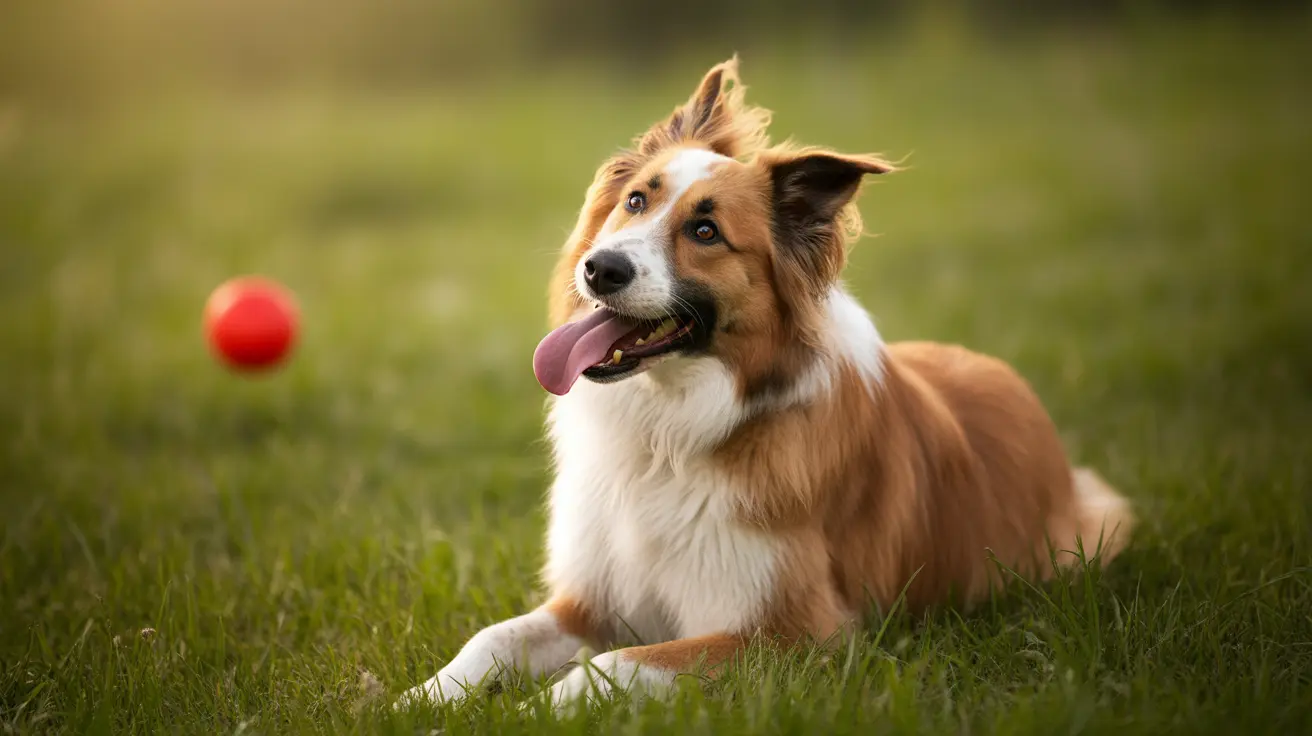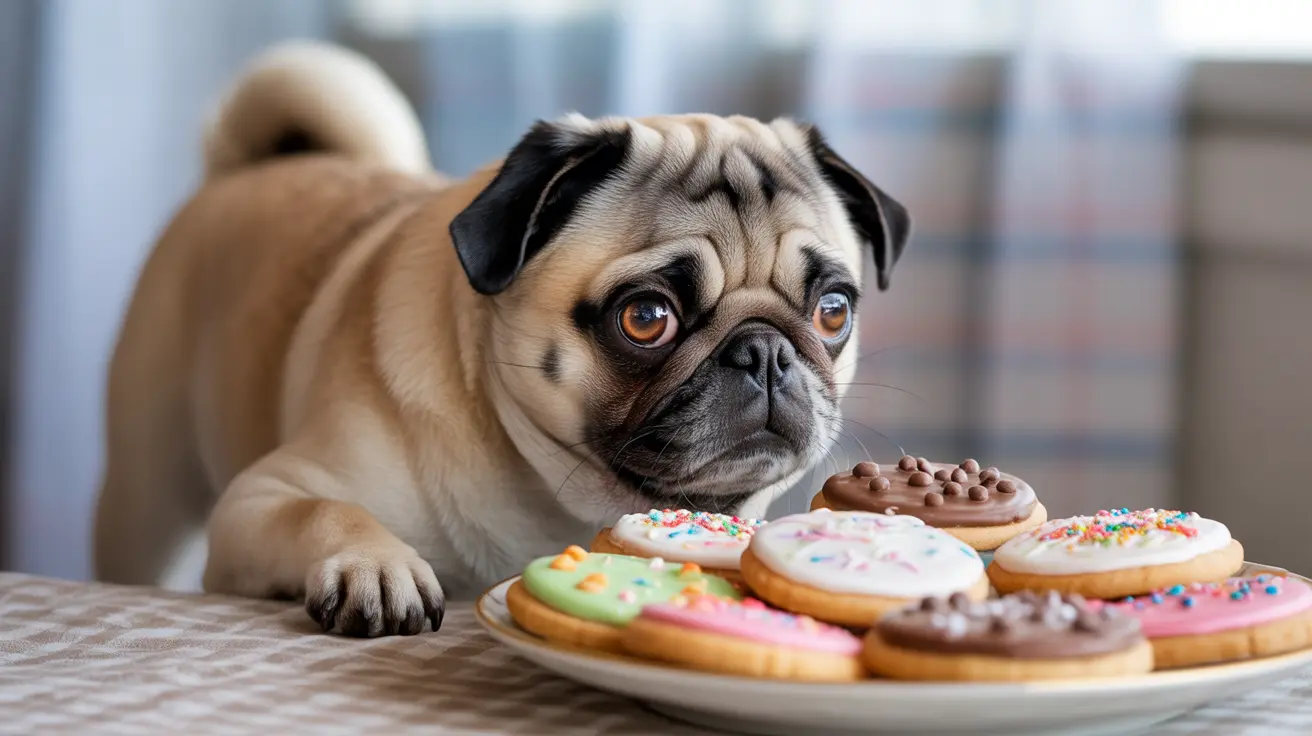How Veterinarians Eliminate Urine Odors Effectively
Pet accidents are a common issue for many households, especially those with young, aging, or untrained animals. The lingering odor of urine can not only be unpleasant but also attract pets to the same area for repeat accidents. Understanding the methods and products used by veterinarians and pet professionals can help pet owners effectively tackle the problem and prevent its recurrence.
Why Enzymatic Cleaners Are Veterinary-Approved
Enzymatic cleaners are the gold standard when it comes to removing urine odors because they break down the proteins in pet urine. These proteins—including urea, urochrome, and pheromones—are not easily removed with regular household cleaners, which often mask rather than eliminate the smell.
- Enzymatic reactions dismantle urine compounds at a molecular level.
- They eliminate pheromones, which discourages animals from soiling the same spot.
- They are safe for various surfaces and safe around pets when used as directed.
Cleaning Fresh Urine Stains
Prompt action drastically improves the chances of completely removing a urine stain and its odor.
- Blot immediately: Use towels or paper towels to absorb as much liquid as possible. Don’t rub, as it can push the urine deeper into fibers.
- Use an enzymatic cleaner: Apply generously and let it saturate the area for at least 15 minutes (or according to product directions).
- Blot again and air dry: Use clean towels to absorb excess moisture. Allow to dry completely before reassessing.
Managing Hard Surfaces
- Tile and hardwood: Blot liquids immediately. Use cleaners suitable for the material, such as diluted vinegar or hardwood enzyme cleaners. Avoid oversaturation on wood surfaces and dry thoroughly to prevent warping.
- Vinyl and laminate: Check for seepage under planks. Clean affected areas using mild, non-abrasive cleaners, and occasionally diluted bleach (never mixed with vinegar) for disinfection after blotting.
Dealing with Persistent and Dried Stains
Older stains require more thorough treatment methods to fully neutralize odors.
- Hydrogen peroxide mix: Combine 1 part hydrogen peroxide with 2 parts of a vinegar-water solution. Always test on hidden spots to prevent damage.
- Baking soda: Sprinkle over moist areas to absorb odors as the vinegar-peroxide mix fizzes and lifts trapped compounds.
- Wet/dry vacuum: Ideal for extracting liquid from larger or deeper carpet areas.
Laundry-Safe Items
- Pet bedding, rugs, and cushions: Wash with detergent and an enzymatic laundry additive. Consider a second rinse to ensure full deodorization.
- Stubborn odors: May require professional cleaning services.
Special Cases: Upholstery and Mattresses
- Couches: Follow label cleaning codes. Treat stains with enzymatic solutions and blot excess moisture. Dry thoroughly to avoid mildew.
- Mattresses: Apply enzymatic cleaners, blot, then let dry. Avoid oversaturation and test on small patches first.
Interior Car Odors
Use automotive-specific enzymatic cleaners that are safe for vehicle fabrics and ventilation systems to neutralize urine odors effectively.
DIY Remedies Recommended by Experts
Veterinarians also recommend natural solutions when enzymatic cleaners aren’t immediately available:
- Vinegar and water: Mix equally for neutralizing fresh stains.
- Baking soda: Absorbs moisture and neutralizes acidic odors.
- Combined hydrogen peroxide mix: Helps break down dried urine compounds.
Preventing Future Accidents
- Complete odor removal: Avoids remarking by pets. Use a blacklight to locate hidden spots.
- Positive reinforcement training: Reward consistent outdoor or pad-based toileting behavior.
- Pee pads and medical checks: Especially for older pets or sudden changes in behavior, as issues like UTIs or diabetes could be factors.
- Monitoring tools: Use pet cameras or keep a log to identify when and where accidents occur.
Additional Expert Guidelines
- Test all cleaners: Always try on a hidden area to prevent damage.
- Do not mix chemicals: Avoid combining bleach and vinegar due to toxic fumes.
- Maintain cleanliness: Routine grooming and vacuuming minimize dander and odors.
- Seek professional help: If odors persist, structural damage or deep contamination might require remediation.
- Look for natural ingredients: Some cleaners include essential oils like orange oil for added cleaning power and fragrance.
In summary, veterinarians endorse enzymatic cleaners for their ability to fully break down and eliminate the compounds found in dog and cat urine. Quick and thorough cleaning, regular training, and routine maintenance are key to maintaining a fresh and odor-free home.





